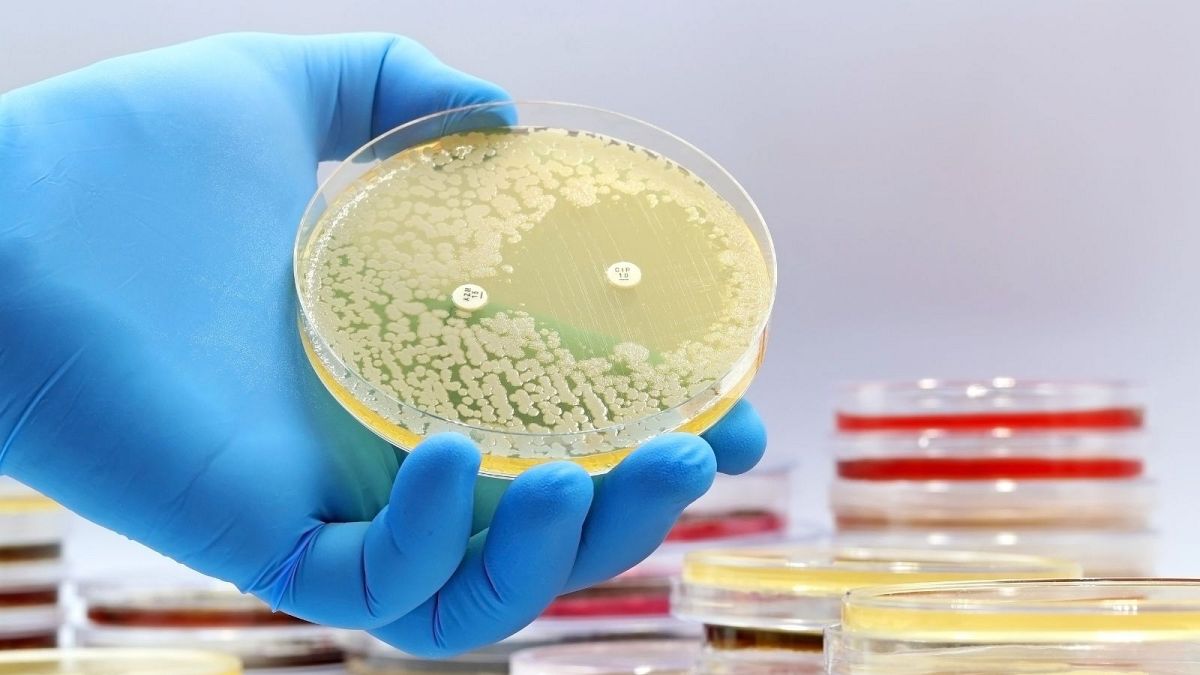- cross-posted to:
- [email protected]
- cross-posted to:
- [email protected]
Scientists discover the first new antibiotics in over 60 years using AI::A new class of antibiotics for drug-resistant Staphylococcus aureus (MRSA) bacteria which was discovered using more transparent deep learning models.
Sounds like they built a neural network model and used deep learning to predict what molecules would be effective against drug-resistant bacteria. “AI” as a headline needs to be thrown out the window. We really need to start calling this technology what it is, lest people continue to think this was done by a large language model or a gpt.
Isn’t “AI” being applied to deep learning more accurate than calling LLMs “AI”?
deleted by creator
Yes.
Yes. I agree. Thanks for pointing this out.
I completely agree regarding AI being plastered on every piece of software tech. It is dumb and it makes people so much ND dumb and this is a hill I will absolutely die on.
*The models didn’t create the drug, but can iterate through predictive combinations and patterns super fast to find working matches for the set criteria.
I hope someone is trying AI on the other end. Meaning AI to help doctors to become better antibiotic stewards. But I do know there’s less funding/incentive to do preventative measures than sellable drugs.
Animal agriculture has entered the chat
This is the best summary I could come up with:
A new class of antibiotics for drug-resistant Staphylococcus aureus (MRSA) bacteria which was discovered using more transparent deep learning models.
The use of artificial intelligence (AI) is proving to be a game-changer when it comes to medicine with the technology now helping scientists to unlock the first new antibiotics in 60 years.
“Our work provides a framework that is time-efficient, resource-efficient, and mechanistically insightful, from a chemical-structure standpoint, in ways that we haven’t had to date”.
These models consist of very large numbers of calculations that mimic neural connections, and no one really knows what’s going on underneath the hood," said Felix Wong, a postdoc at MIT and Harvard and one of the study’s lead authors.
By integrating these toxicity predictions with the previously determined antimicrobial activity, the researchers pinpointed compounds capable of effectively combating microbes with minimal harm to the human body.
The models identified compounds from five different classes, categorised based on specific chemical substructures within the molecules, that exhibited predicted activity against MRSA.
The original article contains 566 words, the summary contains 166 words. Saved 71%. I’m a bot and I’m open source!



